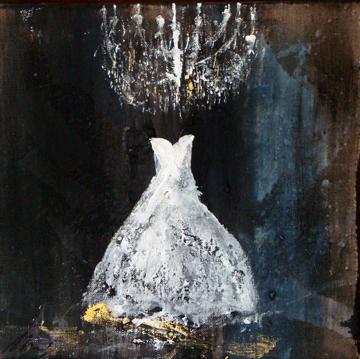Technically speaking, with reference to skiagraphia, painting on which we are accustomed to, depict a body is always from one of his "double," a veil of dark transparent color which defines the boundaries and sets, while the first draft volumes. The light reveals itself and reveals the bodies only through the shadow boundary, the damping, the exalted. Evoke the ancient myths about the origin of painting as a "shadow" and "track", as that narrated by Pliny the Elder in his Naturalis Historia whereby a girl of Corinth, "made with love for a young man, and having to leave these the light of a lantern fixed lines with the contour of the shadow of his face on the wall. " Since then the concepts of shadow and light accompanied the path of painting and as a means to faithfully reproduce the real and symbolic elements as the increasingly important.
In fact the representation of light and shadows is by nature very complex, and the methods implemented by the painters to represent light, shadows, reflections, vary continuously in the history of painting.
The relationship between shadow and light objects generates our vision of reality and painters have always had to deal with it.
On display works: Lisbeth dal Pozzo d'Annone, Gianpiero De Gruttola, Daniel Lifschitz, Cristina Madini, Claudio Missagia
Edited by Cristina Madini
10 to 21 May 2010
RossoCinabro
Via Raffaele Cadorna, 28
00187 Rome
Tel: 06-60658125
Monday to Friday 12-19
free admission
Travel
Metro A and B (Terms)
Bus:
Via Piave stop 38,86,92,217,360, M
Via XX Settembre stop 16,30,36,60,61,62,84,90,492
Piazza Fiume stop 120,490,491,495







Comments 0
Say something